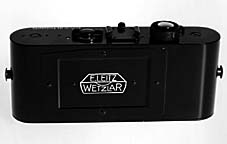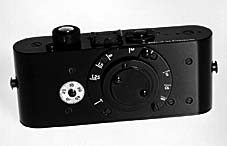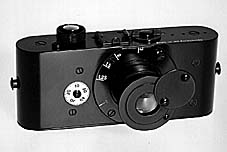


 When the First the WW was approaching in1913, in a town of Wetsura, near Giisen in Germany, a microscope maker, Professer Ernest Liest and
When the First the WW was approaching in1913, in a town of Wetsura, near Giisen in Germany, a microscope maker, Professer Ernest Liest and
He made 2 models of the same camera, 1 he gave to his boss of that time Ernest
Reist 1st Generation, and he kept the other one himself.
As soon as Reist Senior looked at this camera, he thought about developing the manufacture of this camera.
However when WWI started(1914-18),cameras were far from their thoughts,and they were made to change to the production of war implements, tools etc. After the war in 1920,the 3rd trial camera was made but as at this time Reist Senior had passed away,
he showed it to the second generation of Reist. At this time the plans for the production of the of the camera were beared in mind,but at the Ernest Reiz Company of 1849 they made detailed machinery and not cameras. However when the
War finished, it was thought that camera production would be a way to stop the company going into recession and to keep everyone employed.
This was on the same line as what was done by the Japanese Optics companies at the end of WWII.
However before putting the cameras on the market, not only a 3rd test type was produced , but a trial camera named '0'type was created and 30 types were made from this and various tests carried out.
The 'O' type cameras each had different fine details from the 1st type. The body numbers were from 100 to 129. However they didn't use the no's 1 to 99. In the spring of 1925,in the town of Leipuchi, the Leika famous
35mm camera was released for sale on the sample maket. It was overwhelmingly popular and at the same time it was made public, it was put on sale and the 500 prepared cameras soon sold out.
Later the Leica body number and the shape were neatly adjusted and the Leika credibility teaches us the importance of the monitor test.

